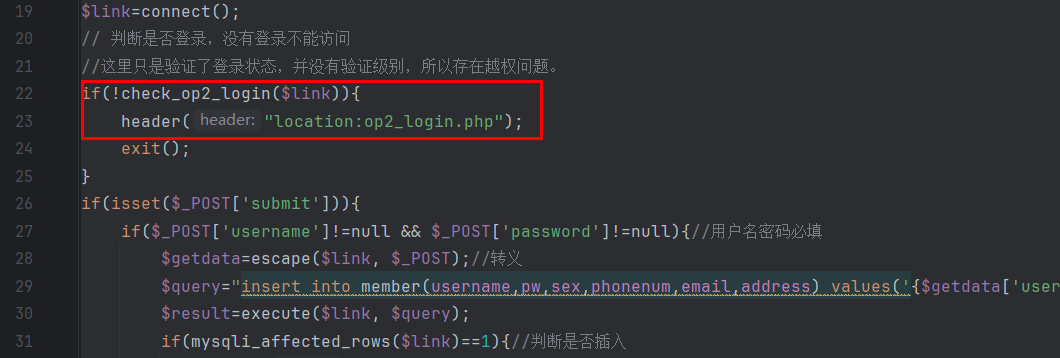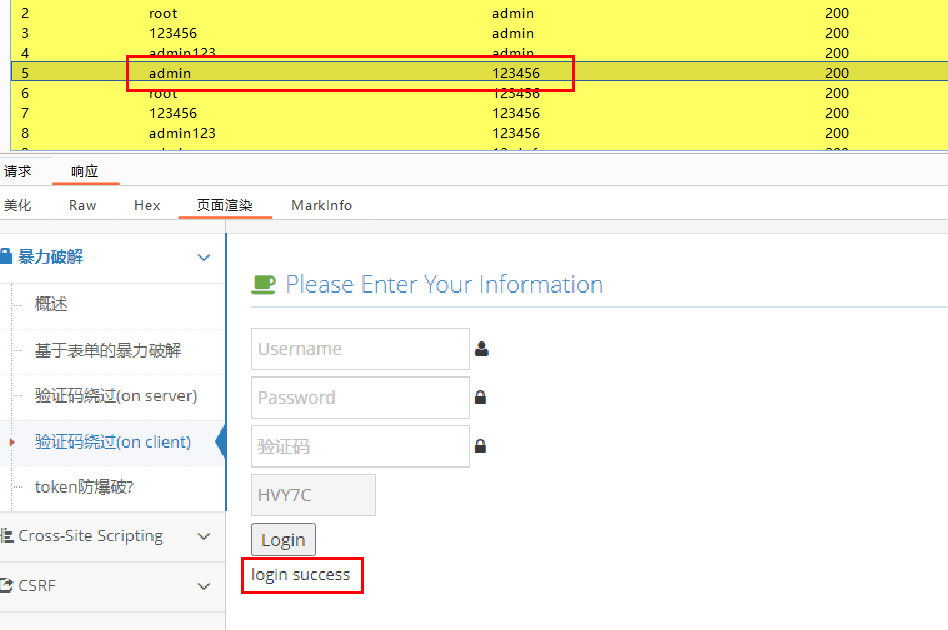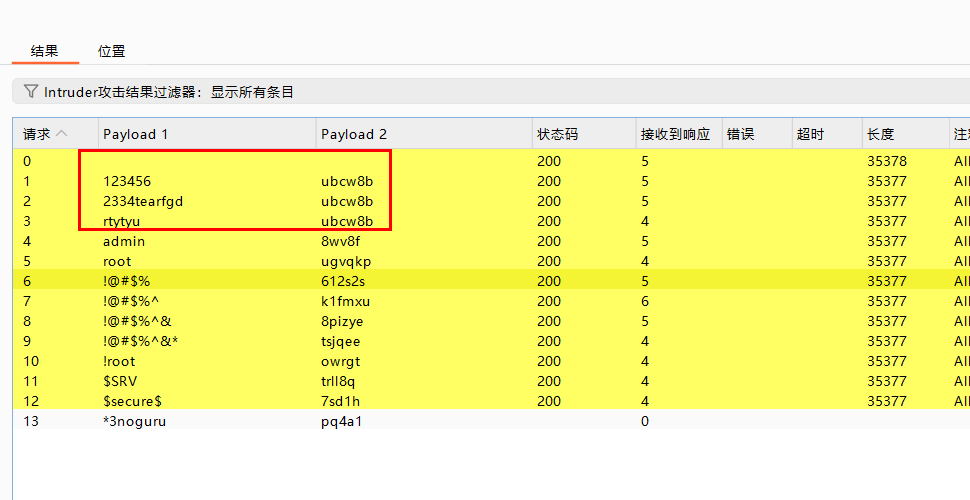cf2067
A
- 显然 x + 1 - y 是 9 的非负整数倍时有解
inline void solve() {cin >> x >> y;int a = x + 1 - y;if (a % 9 == 0 && a / 9 >= 0) {cout << "Yes\n";} else {cout << "No\n";}
}
B
- 等效于要所有的数的数量为偶数
- 小的数只要数量 >=2, 无论奇偶, 就留下两个, 其余的都 +1 看大的数需不需要
- 如果中途有数量为 1 的出现或者最后还有奇数, 则无解
inline void solve() {cin >> n;vector<int> a(n + 1);for (int i = 1; i <= n; i++) {cin >> a[i];}vector<int> cnt(n + 2);for (int i = 1; i <= n; i++) {cnt[a[i]]++;}for (int i = 1; i <= n; i++) {if (cnt[i]) {if (cnt[i] == 1) {cout << "No\n";return;}cnt[i + 1] += cnt[i] - 2;cnt[i] = 2;}}for (auto w : cnt) {if (w & 1) {cout << "No\n";return;}}cout << "Yes\n";
}
C
int a[10] = {3, 4, 5, 6, 7, 8, 9, 0, 1, 2};inline bool check(long long x) {while (x) {if (x % 10 == 7) return true;x /= 10;}return false;
}inline void solve() {cin >> n;int ans = a[n % 10];for (auto w : num9) {if (w > n * 10) {break;}int cnt = 0;long long x = n;while (!check(x) && cnt < ans) {x += w;cnt++;}ans = min(ans, cnt);}cout << ans << "\n";
}
D
- 先看 x 中是不是 1-n 都出现了
- 如果有数字没出现, 那么如果答案是一个有向图, 则这个数字对应的点到任何点的最短路为 0, 而曼哈顿距离根据题意不可能为 0, 所以询问一次看结果是否非零即可
- 如果 1-n 都出现了, 选择询问数字 1 出现的下标 pos1 和数字 n 出现的下标 posn
- 如果是曼哈顿距离, 距离至少是 n-1, 因此如果询问的结果小于 n-1, 一定是有向图
- 而 n 个点最短路不可能大于 n-1, 因此如果询问的结果大于 n-1, 一定是曼哈顿距离
- 只剩下等于 n-1 的情况: 如果是有向图, 显然 posn 到 pos1 的最短路不可能是 n-1, 所以反过来询问一次, 结果相同则是曼哈顿距离, 否则是有向图
inline void solve() {cin >> n;vector<int> a(n + 1);for (int i = 1; i <= n; i++) {cin >> a[i];}int cnt = 0;vector<int> vis(n + 1);for (int i = 1; i <= n; i++) {if (!vis[a[i]]) {cnt++;}vis[a[i]]++;}if (cnt != n) {for (int i = 1; i <= n; i++) {if (!vis[i]) {int j = 1;while (j == i) j++;int x = query(i, j);int y = query(j, i);if (x) {cout << "! B" << endl;return;} else {cout << "! A" << endl;return;}}}}int pos1 = -1, posn = -1;for (int i = 1; i <= n; i++) {if (a[i] == 1) pos1 = i;if (a[i] == n) posn = i;}int x = query(pos1, posn);if (x < n - 1) {cout << "! A" << endl;return;}if (x > n - 1) {cout << "! B" << endl;return;}int y = query(posn, pos1);if (x == y) {cout << "! B" << endl;} else {cout << "! A" << endl;}
}


![【洛谷P1955】程序自动分析[NOI2015]](https://cdn.luogu.com.cn/upload/image_hosting/aq6f4ym8.png)








